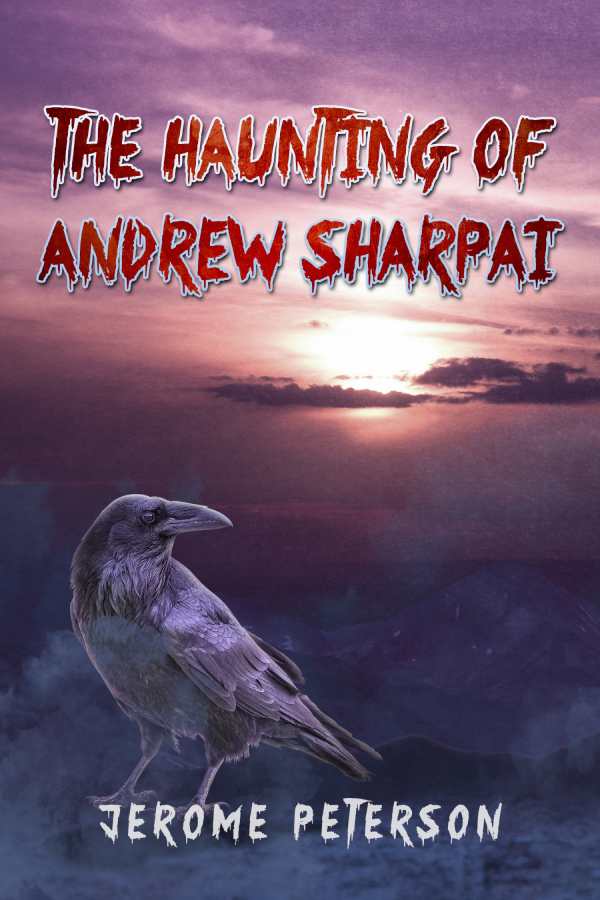It looks like you've stumbled upon a page meant to be read by our code instead of viewed directly. You're probably looking for this page.
The Haunting of Andrew Sharpai
A troubled man grapples with love, grief, and redemption in the supernatural novel The Haunting of Andrew Sharpai.
A mournful man faces his personal ghosts after he falls in love with a witch in Jerome Peterson’s shocking novel The Haunting of Andrew Sharpai.
Andrew finds love with a famous Las Vegas dancer, LaRae, who accepts him and his troubled past. But when LaRae dies before their wedding, Andrew loses himself in grief. He indulges in booze and other elements of the Las Vegas scene.
Later, after relocating to a small Idaho town, Andrew meets Iris, a local witch who survived spiritual and physical abuse and who has the scars to prove it. When Iris invites him in, Andrew is enchanted; he believes that he’s found love again. He meets other bewitching characters, too, including Iris’s goofy daughter Lily and their pets. The situation is beguiling: Iris and Lily have a light, loving relationship, which Lily echoes in her interactions with her patient cat Philip, whom she dresses up on a regular basis.
But a jealous former lover threatens Iris’s new happiness, casting a powerful spell on the couple. They flee, hoping to outrun the curse. But even when they land far from Idaho, they are haunted by their past decisions and mistakes. Suspense builds; apparitions and nightmares plague Andrew, Iris, and Lily.
As the book progresses, so does its goriness. There are tense scenes involving death and other dire consequences of the curse. But the delivery is undermined by the book’s fast pace; solutions come with speed, even in situations that feel foreboding and hopeless. This is true even in the book’s ostensibly climactic moments, as when Iris struggles with the impact of the curse on Lily, enlisting the help of a pastor; the action is quick and involving, and the final haunting is short on true fright.
Interest also wanes because Andrew is such a mechanical narrator. For example, he follows his coverage of events with stiff, unconvincing statements about his feelings regarding them. He is also repetitive in his descriptions of others, so that other people are developed in a limited and tedious manner: LaRae is known in terms of her apple-butter skin; Lily has tangerine curls. And the book’s conversations are redundant and unnatural, too, as when people reiterate each others’ names without necessity in the course of single exchanges.
A troubled man grapples with love, grief, and redemption in the supernatural novel The Haunting of Andrew Sharpai.
Reviewed by
Leah Webster
Disclosure: This article is not an endorsement, but a review. The publisher of this book provided free copies of the book and paid a small fee to have their book reviewed by a professional reviewer. Foreword Reviews and Clarion Reviews make no guarantee that the publisher will receive a positive review. Foreword Magazine, Inc. is disclosing this in accordance with the Federal Trade Commission’s 16 CFR, Part 255.
